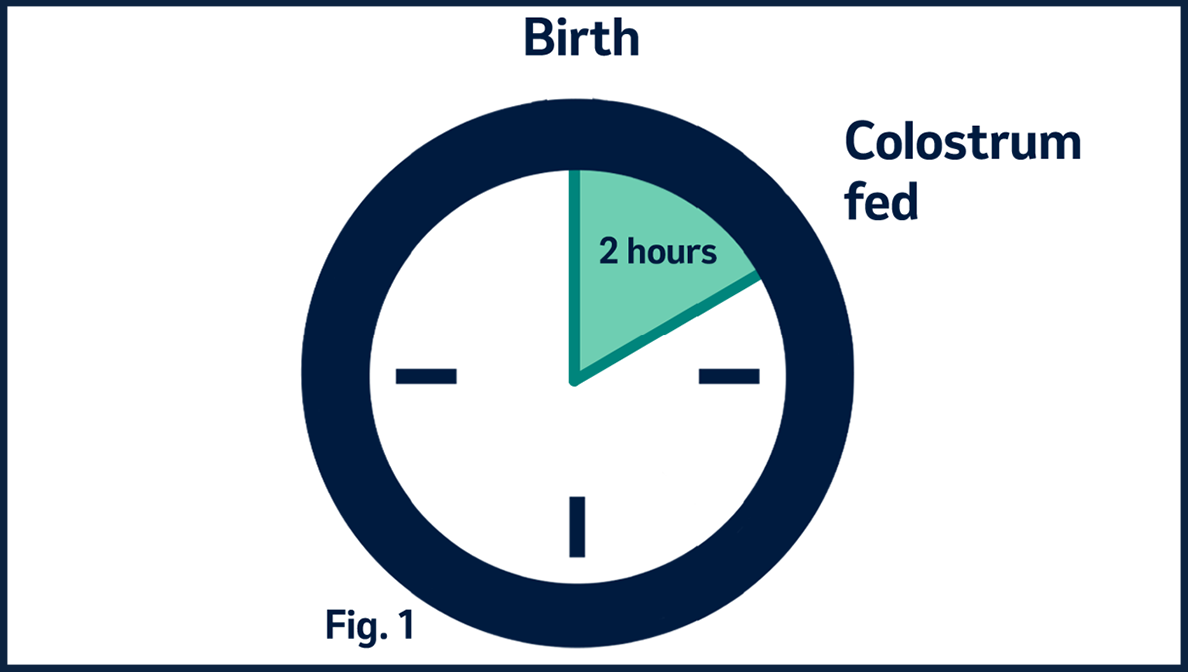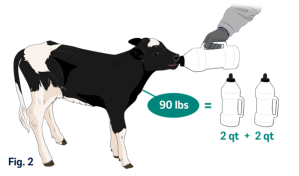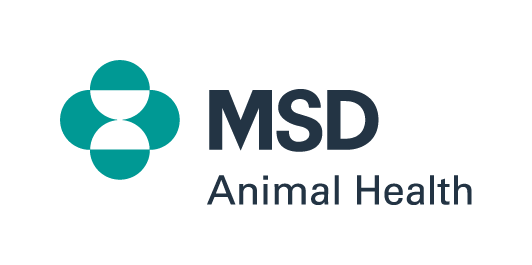Building a Healthy Future: The Critical Importance of the Vet/Farmer Relationship in Colostrum in Calf Management
In cattle production, prioritizing the health and well-being of calves is essential. From the moment they are born, calves demand careful monitoring and attention. This includes not only tagging at birth but also implementing a comprehensive colostrum management program. Such a program is vital, as it not only safeguards the immediate health of newborn calves but also lays the groundwork for their growth, productivity, and long-term vitality within the herd.
A dairy’s colostrum management program is among the processes in the animal health industry that can be readily assessed. This presents a significant opportunity for many dairy producers to collaborate with their veterinarians to enhance both the short-term and long-term health of their cattle.
The Important Role of Colostrum
Since a calves’ immune system is not fully developed at birth, colostrum plays a crucial role in providing passive immunity – protecting them from diseases like Neonatal Calf Diarrhea (NCD or scours) and Bovine Respiratory Disease (BRD). In addition to antibodies, colostrum also contains a wide range of nutrients, proteins, vitamins and non-nutritive biologically active factors that stimulate postnatal growth and development.i
Achieving early and adequate intake of high-quality colostrum is widely recognized as the single most important management factor in determining the health and survival of neonatal calves.ii That is because calves are born agammaglobulinemic (a condition characterized by the absence or extremely low levels of antibodies in the blood) and are almost entirely dependent on the absorption of maternal immunoglobulins.iiiiv
Steps to Developing a Colostrum Management Plan with a Veterinarian

Cattle producers are increasingly recognizing the value of effective management programs and are working closely with veterinarians to develop and implement them. Veterinarians bring expertise in animal health and nutrition, helping producers tailor their practices to meet the specific needs of their herds. This collaboration not only enhances calf health but also contributes to the overall productivity, profitability, and health of a herd.
Assess Current Practices: Begin by evaluating existing colostrum management practices on the farm. Identify strengths and weaknesses, and gather data on calf health outcomes, including mortality rates and disease incidence.
Set Clear Goals: Work with a veterinarian to establish clear, measurable goals for the colostrum program. These may include targets for colostrum quality, timing of feeding, and overall calf health metrics.
Implement Best Practices: Develop a set of best practices for colostrum management, including ensuring that calves receive colostrum within the first hours of life, with a target of at least 10% of their body weight. Regularly testing colostrum for quality and use only high-quality colostrum or appropriate replacers when necessary and implementing protocols for the safe handling and storage of colostrum to maintain its nutritional value.v

Consider a Vaccination Protocol: Vaccination is another excellent colostrum management tool. When a pregnant cow receives a scours vaccine, calves receive specific antibodies through colostrum ingestion. By vaccinating cows and first-calf heifers in late gestation, producers can reduce the risk of newborn calf scours in the period just after birth.
Monitor and Adjust: Continuously monitor the health and growth of calves, and maintain open communication with your veterinarian. Use this data to assess the effectiveness of the colostrum management plan and make necessary adjustments.
Foster Ongoing Collaboration: Establish a routine for regular consultations with your veterinarian to discuss calf health, review colostrum management practices, and stay updated on the latest research and recommendations in the field. Consider implementing other health programs such as a vaccination plan and parasite control plan in coordination.
The collaboration between dairy farmers and veterinarians is essential for developing an effective colostrum management plan that ensures the health and well-being of calves. By working together, farmers can implement best practices that not only enhance calf survival rates but also contribute to the overall productivity and profitability of the dairy operation. Prioritizing colostrum management through this partnership is a vital step toward building a healthier future for the herd.
i Hammon, H. M., Steinhoff-Wagner, J., Flor, J., et al. “Lactation Biology Symposium: Role of Colostrum and Colostrum Components on Glucose Metabolism in Neonatal Calves.” Journal of Animal Science, vol. 91, 2013, pp. 685–695. doi:10.2527/jas.2012-5758.
ii Davis, C. L., and J. K. Drackley. The Development, Nutrition, and Management of the Young Calf. 1st ed., Iowa State University Press, 1998, pp. 179–206.
iii McGuirk, S. M., and M. Collins. “Managing the Production, Storage, and Delivery of Colostrum.” Veterinary Clinics of North America: Food Animal Practice, vol. 20, 2004, pp. 593–603. doi:10.1016/j.cvfa.2004.06.005.
iv Foley, J. A., and D. E. Otterby. “Availability, Storage, Treatment, Composition, and Feeding Value of Surplus Colostrum: A Review.” Journal of Dairy Science, vol. 61, 1978, pp. 1033–1060. https://pmc.ncbi.nlm.nih.gov/articles/PMC7125574/#sec4.
v Urie, N. J., J. E. Lombard, C. B. Shivley, et al. “Preweaned Heifer Management on U.S. Dairy Operations: Part V. Factors Associated with Morbidity and Mortality in Preweaned Dairy Heifer Calves.” Journal of Dairy Science, vol. 101, 2018, pp. 9229–9244. doi:10.3168/jds.2017-14019.
